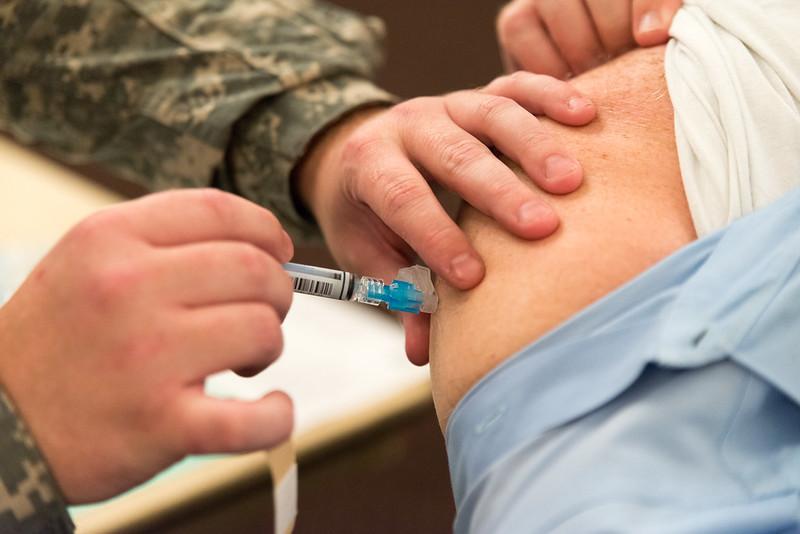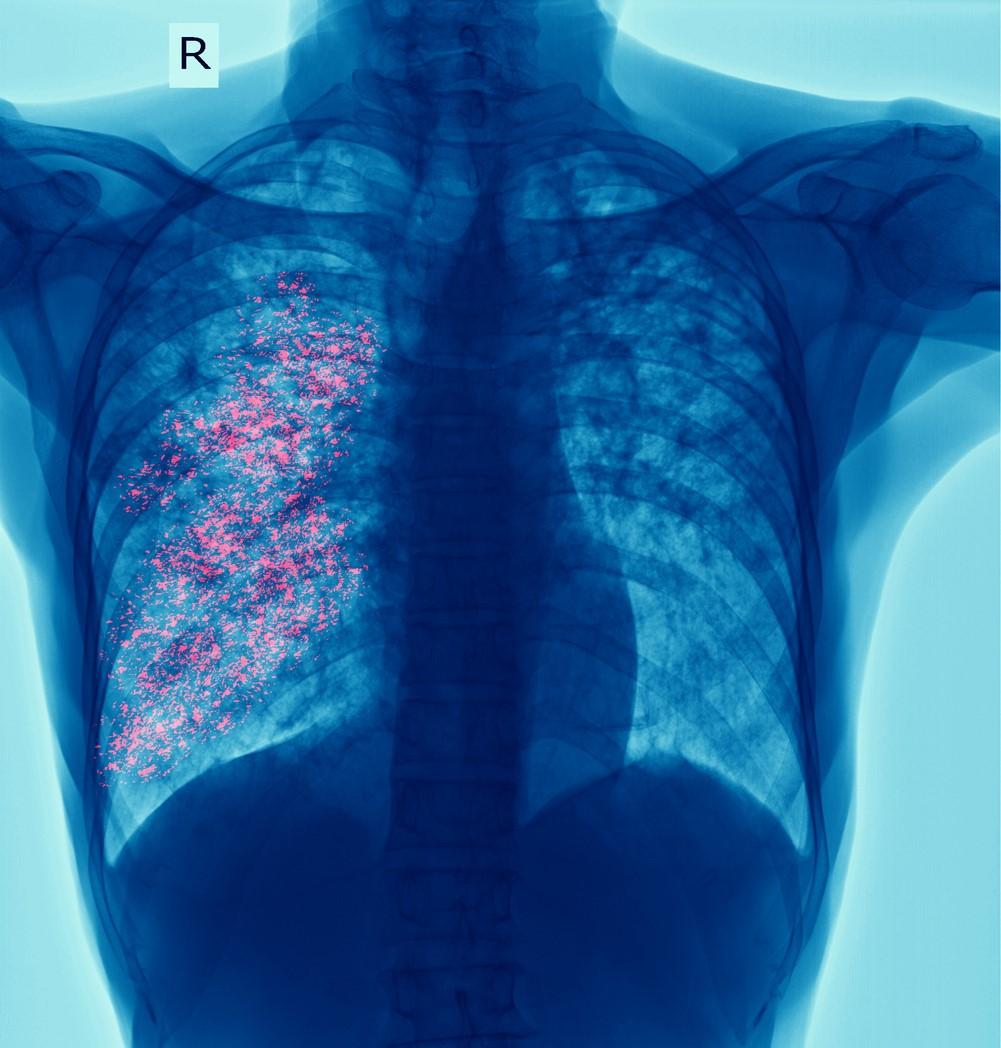
Idaho Fish and Game has confirmed the first chronic wasting disease (CWD) case this hunting season in a new area of the state.
The affected mule deer was found just south of New Meadows in Game Management Unit 32A. Before this case, CWD had been detected only in Unit 14, north of Riggins, in fall 2021.
"This is an unfortunate situation, but it's why we test throughout the state for this disease," Fish and Game Director Jim Fredericks said in a news release. "If it's on the landscape, we want to know where, and we rely on hunters to provide samples so we can test for it and continue to manage to limit the spread of this disease."
Migration patterns to determine management
To determine the extent of CWD in Unit 32A, Fish and Game asks deer and elk hunters in Units 32A, 22, 23, 24, and 32 to have the heads or lymph nodes of their harvested animals tested for the disease. It also asks motorists to report any road-killed or sick-looking deer or elk in the Highway 95 corridor from Riggins to Weiser.
The CWD detection in Unit 32A will likely be managed differently than the 2021 detection in Unit 14 because of migration patterns, the news release said.
If it's on the landscape, we want to know where, and we rely on hunters to provide samples so we can test for it and continue to manage to limit the spread of this disease.
"In the Slate Creek area north of Riggins, most animals remain nearby year-round, but migration patterns and winter ranges of deer where this particular animal was harvested are more complex," Fredericks said. "Most animals have already moved out of the northern part of unit 32A and will not return until spring."
CWD is a fatal prion disease that causes neurodegeneration, similar to "mad cow disease," in cervids, or members of the deer family. The disease hasn't been shown to infect people, but health officials urge people to avoid eating infected animals and to use precautions, such as wearing rubber gloves and minimizing contact with brain and spinal tissues, when processing deer.


.jpg)












